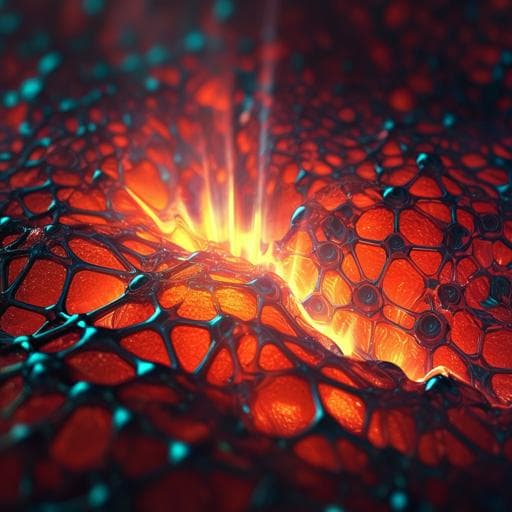
Physics
Ultrafast X-ray imaging of the light-induced phase transition in VO₂
A. S. Johnson, D. Perez-salinas, et al.
Explore the groundbreaking work by Allan S. Johnson and colleagues, as they use advanced X-ray imaging to reveal the dynamics of a light-induced insulator-to-metal phase transition in vanadium dioxide. Delve into how spatially resolved measurements uncover the nanoscale heterogeneity of transient phases in quantum materials, including a rapid 200 fs transition to the metallic phase.
~3 min • Beginner • English
Related Publications
Explore these studies to deepen your understanding of the subject.







